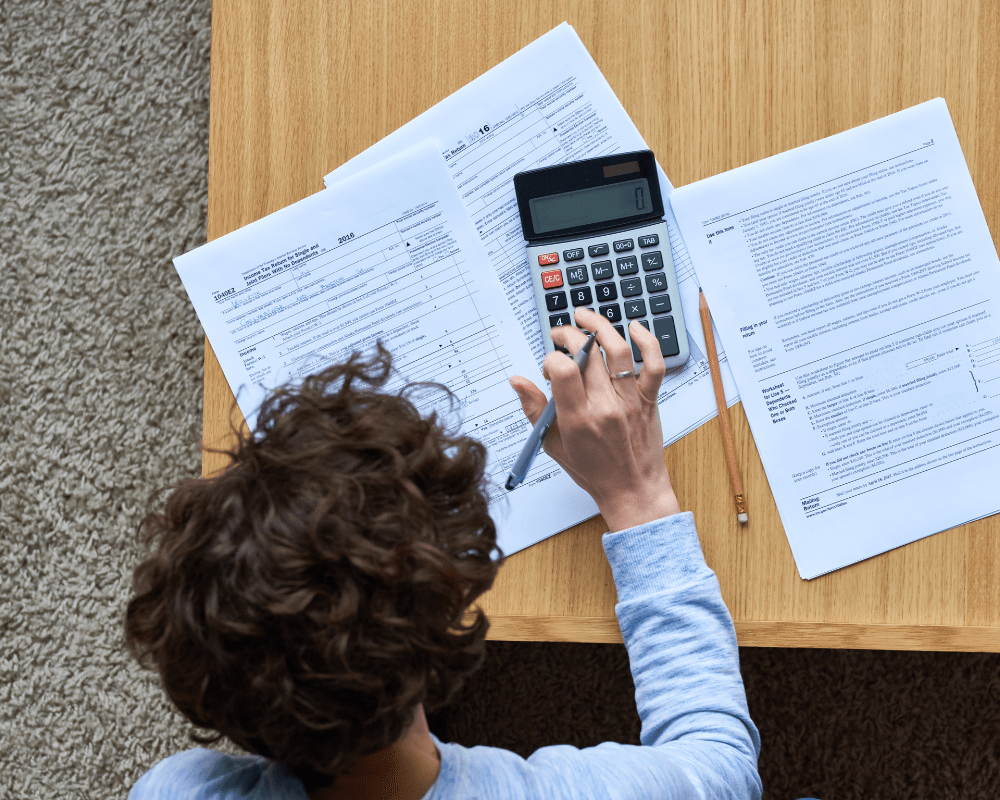Filing your Self-Assessment tax return can be daunting, especially if you are new to the process. However, with the right approach and preparation, it can be a smooth and even empowering experience. Here are some essential tips to help you navigate the Self-Assessment system with ease.
1. Know the Deadlines
The first and most crucial step is to be aware of the key deadlines. For online submissions, the deadline is January 31st following the end of the tax year (April 5th). If you miss this deadline, you may face penalties, which can escalate over time. It’s best to submit early to avoid last-minute stress, and remember, you can always make amendments later.
2. Keep Thorough Records
To ensure you file accurately, it’s essential to keep all relevant records throughout the year. This includes income details, receipts for business expenses, investment income, and any other documentation that impacts your tax return. For self-employed individuals, this also means keeping track of invoices, receipts, and a mileage log if you use your car for work. Digital tools like expense tracking apps or spreadsheets can make this process much easier.
3. Understand What You Need to Report
The Self-Assessment tax return is for individuals with multiple sources of income, such as the self-employed, landlords, freelancers, or those with investment income. Understanding what you need to report is key to ensuring you’re not underpaying or overpaying tax.
For example, if you’re self-employed, you’ll need to report your business income and expenses. You may also be entitled to claim allowances for certain costs, such as office equipment or travel expenses. If you are receiving income from savings or investments, you will need to report that as well. Remember that you must declare all income, including any side jobs or informal work.
4. Claim All Eligible Expenses
If you’re self-employed, you’re entitled to deduct certain business expenses from your taxable income, which can reduce the amount of tax you owe. Common expenses include office supplies, travel expenses, and any necessary equipment for your business. Make sure to keep receipts and proof of purchase to support your claims.
Additionally, there are specific allowances available for things like using your home as an office. You can claim a proportion of your home bills, such as electricity and internet, for the space used exclusively for work. Understanding all the expenses you’re entitled to claim will help lower your tax bill significantly.
5. Utilise Available Tax Reliefs
Tax reliefs are designed to reduce the amount of tax you owe. Examples include Marriage Allowance, Blind Person’s Allowance, and tax relief on pension contributions. Be sure to research any tax reliefs for which you may qualify. Often, individuals are unaware of certain reliefs that could reduce their tax burden. For instance, if you make contributions to a pension, you may be able to claim tax relief on the amount contributed.
6. Check for Taxable Benefits
If you receive any taxable benefits, such as from employment or a pension scheme, make sure you include them in your Self-Assessment return. Common taxable benefits include company cars, medical insurance, or other perks provided by your employer. Failing to include these can result in an underpayment of tax and potential penalties.
7. Use HMRC’s Online Services
HMRC provides online services to make filing your tax return easier and more accurate. The online system is designed to guide you through the process with prompts and checks to avoid common errors. Using the online service also allows you to pay any tax due immediately, speeding up the process.
8. Get Professional Help if Needed
If you find the Self-Assessment process overwhelming or are unsure about the details, it may be worth hiring a professional accountant or tax advisor. They can help you navigate the complexities of the tax system and ensure you are claiming all eligible deductions and allowances. While this comes with a fee, the peace of mind and potential tax savings can make it worthwhile.
Conclusion
Filing your Self-Assessment tax return doesn’t have to be a stressful experience. By staying organised, understanding what to report, and claiming eligible deductions and allowances, you can save money and ensure you meet your obligations. Remember to keep good records, adhere to deadlines, and use HMRC’s online tools to make the process as smooth as possible. If in doubt, seeking professional advice is always a wise option.
